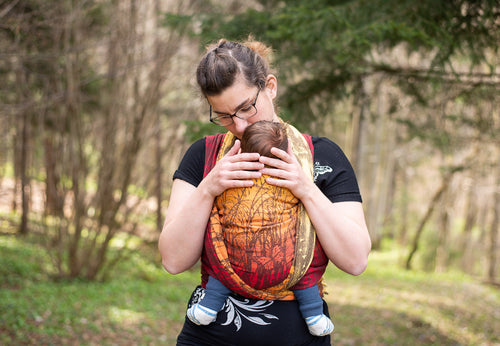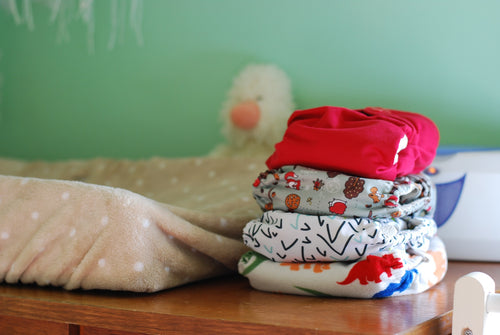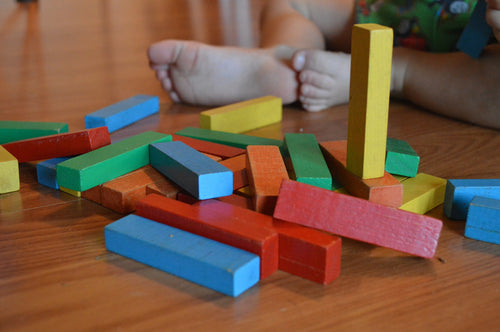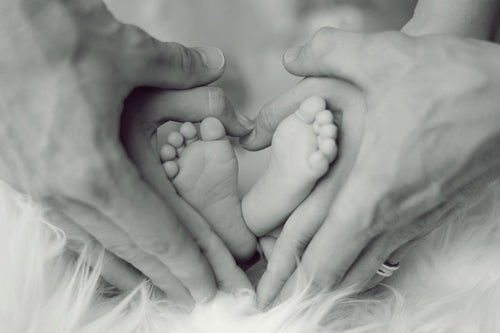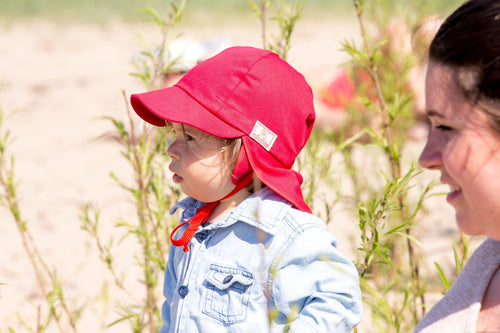Wash cloth diapers properly
Oct 06, 2021
There are many myths, theories and untruths circulating on the Internet about this topic. It's no surprise that cloth diaper newbies in particular lose perspective.
I'll tell you what you should pay attention to when washing cloth diapers, how which materials are best washed and whether there is THE ONE right detergent for your cloth diapers!
First of all: It's great that you're interested in cloth diapers. You're taking a step in the right direction! Not only that cloth diapers are much healthier than disposable diapers. They are also more ecological and better for our earth! In contrast to disposable diapers, the consumption of resources is significantly smaller - even though cloth diapers are washed in the washing machine.

Diapers stored incorrectly become stinky diapers - and we want to avoid this at all costs!
The used diapers are best stored in a wetbag - i.e. a diaper bag - or a diaper pail with a laundry net or pail liner. First important point: definitely keep it open! Because this is how oxygen can get to the diapers!
Don't worry - nothing stinks here!
Cloth diapers that have come into contact with breast milk stool do not need to be washed out before storing them. Breast milk stool is water-soluble and is simply washed away in the washing machine.
As soon as your baby receives solid food, it is worth using (firm) diaper fleece. This catches the chair, which can then simply be disposed of with the residual waste. If it happens that the diaper comes into contact with complementary food stool, wash it out with lukewarm water and remove the remains.
Be sure to let the diaper dry before putting it in the wetbag or diaper pail for storage! Otherwise bacteria could form, which in turn leads to smelly diapers.


The diapers must be washed after 3-4 days at the latest.
You can wash PUL overpants in a laundry net to protect the cuffs. Velcro fasteners should be closed so that nothing gets caught.
Many overpants can be washed at 60°C. Of course, you can also just wash them at 40°C - you should definitely make sure to add oxygen bleach to kill all germs and bacteria. Oxygen bleach, also known as stain salt, is also suitable for removing stains. If stool stains remain visible in the cloth diaper, you can simply place the inserts in the sun!
The inserts of cloth diapers can be washed at 60°C.
Choose a cotton and colored laundry program for your washing machine – definitely not an ECO program! Do you have a “prewash” button? Perfect – then select this. It is important that the water is rinsed away between the pre-wash and main wash cycle and that the same water is not reused. If this is the case for you, you can also use “Rinse and Spin” and then switch on the main washing program at 60°C. It is also recommended to press the “Water Plus” button if it is available.
New and modern washing machines in particular are so economical that they hardly use any water. Unfortunately, this is particularly bad for cloth diapers. The diapers must be rinsed and rinsed thoroughly.
So once you have selected your pre-wash, the cooking and colored laundry program at 60°C and pressed the water plus button again, you are almost ready to go! What's still missing?
The right detergent for cloth diapers!
First things first: avoid fragrances, perfumes, preservatives and fabric softeners! All of these substances settle in the diapers - when they come into contact with urine, they are released again and cause red, irritated or even open skin in the diaper area.
A detergent in a so-called modular system is perfect.
- Part 1: Colored detergent. Ideally as a powder, ecological, for sensitive skin and without an endless list of ingredients.
- Part 2: Descaler. The right amount, adapted to the hardness of your water! If you don't know this exactly, ask your city or municipality.
- Part 3: Oxygen bleach, which turns your colored detergent into a heavy-duty detergent!
Okay – and which detergent should I use now? Extra one from the internet or is it also available in local stores? In my experience, there is usually no detergent locally that meets all the criteria for the right detergent for cloth diapers.
In my shop you can get the detergent from the washing campaign . It meets all the criteria that are important for washing cloth diapers. I also wash all of our laundry with it now!

